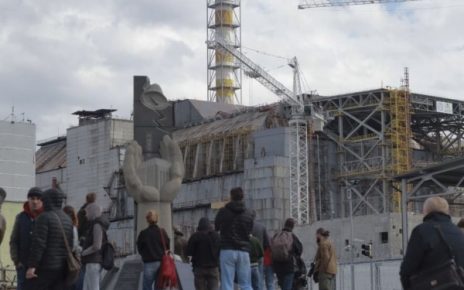A new episode of pollution hits the north of Thailand and the area of Chiang-Mai, the second city of the country. The city of Chiang Mai and parts of the north of the country are affected by extremely high levels of air pollution. It has become a tourism problem already in the most northern regions of the country.
The president of the Thai Hotel Association Northern Chapter, Phunut Thanalaopanich, assured that the reservations in the accommodations of these zones had fallen lately. According to him, the hotels are now occupied by only 45%. Well below the 80 to 90% occupancy rate expected during Songkran, the Thai New Year.
Thailand’s second-largest city after Bangkok had received 10.8 million visitors in 2019, before the Covid pandemic. For the authorities, the air pollution is caused by the numerous fires in the last month and the stubble burning carried out each year after the harvest by farmers throughout Southeast Asia.
The level of fine particles is now more than 60 times higher than the maximum threshold set by the WHO.
The city known as the “Rose of the North” has repeatedly topped the world’s worst air quality rankings, ahead of New Delhi in India and Lahore in Pakistan. In recent weeks, the entire province of Chiang Mai has had particularly high levels of fine particles PM 2.5.
Exposure to these tiny particles with a diameter of 2.5 micrometers is particularly harmful. Indeed, they increase the risk of contracting respiratory and cardiovascular diseases as well as cancer. The threshold of prevention of concentration of these particles set by the World Health Organization (WHO) is 15 micrograms per cubic meter. Some days in March, the levels in the 18 districts that make up the northern province of Chiang Rai, on the border with Burma and Laos, were much higher – ranging, according to La Croix, from 37 to 550 micrograms per cubic meter.
IQAir, a Swiss company that develops technologies to monitor air quality, reported that it had recorded a level of 290 micrograms per cubic meter in Chiang Mai. This is more than 60 times the maximum threshold set by the WHO. Later it had dropped to 171 – 19 times the WHO’s recommended level. Thai Prime Minister Prayuth Chan-ocha said last week that he was coordinating with Myanmar and Laos to reduce hot spots in the border area of the three countries to mitigate the cross-border haze.
These rates are of great concern to the more than 127,000 inhabitants of the city located 800 kilometers from Bangkok. It’s getting worse every year, pointed out the experts. Allergies and the risk of cancer are of particular concern to Chiang Mai residents.
The Thai Ministry of Health called on Chiang Maians to avoid all outdoor activities and to wear masks capable of filtering fine particles. The provincial governor, Nirat Pongsittitavorn, already called for telecommuting. Despite these measures, more than 1.3 million people in Thailand have fallen ill since the beginning of the year due to air pollution.




